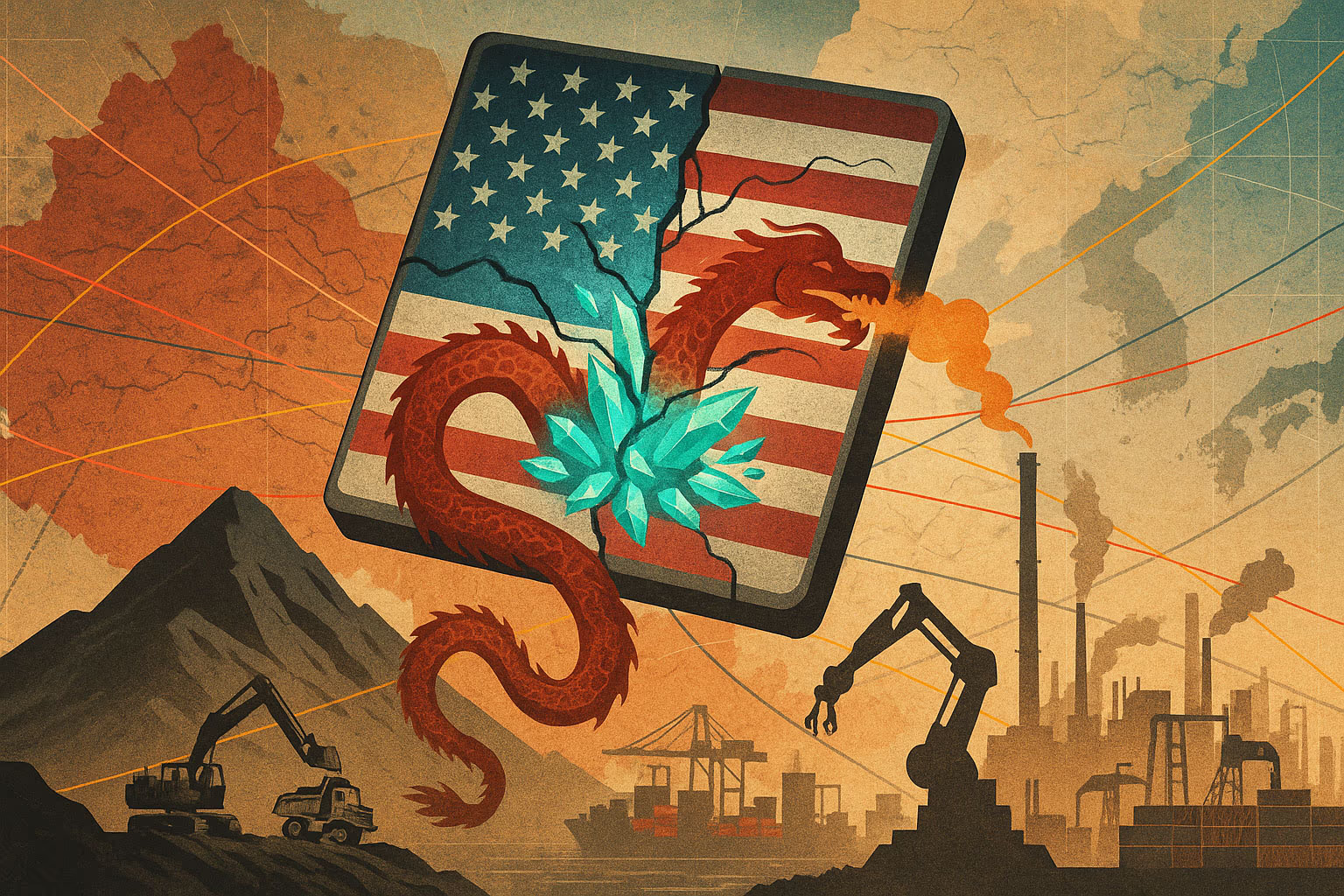When Donald Trump raised tariffs on Chinese imports in early April 2025, it seemed the trade war was getting a second wind. Beijing’s response was swift: duties soared into triple digits, diplomatic channels drowned in mutual accusations, and editorial cartoons gave way to threats of a full trade rupture. Now, following an emergency meeting in Geneva, the two sides have agreed to a partial—if temporary—de-escalation.
This article examines what has changed, why the truce remains fragile, how markets have already reacted, and—most importantly—what scenarios lie ahead in the coming months.
Just a month ago, few in Beijing or Washington expected even the faintest rapprochement. The tariff dispute had reached a new level of intensity, and behind the scenes of the trade talks there was little more than mixed signals, heightened rhetoric, and near-total mutual distrust. Images of empty shopping carts—used by Chinese newspapers to mock the U.S. delegation—only reinforced one point: China had no intention of backing down.
Yet the two-day talks in Geneva proved to be a turning point—not a strategic one, but a tactical shift. Both sides agreed to a temporary reduction in tariffs: the United States would lower duties on Chinese imports from 145% to 30%, while China would cut tariffs on American goods from 125% to 10%. The arrangement, which will apply from May 14 through mid-August, has been formally dubbed the "economic and trade dialogue mechanism".
U.S. Treasury Secretary Scott Bessent called it "a shared recognition that severing ties benefits no one," while Chinese economist Zhiywei Zhang admitted he had expected concessions "of no more than 50% at best." Markets responded with relief. Shares in the U.S. and Asia surged, the dollar strengthened against major currencies, bond yields climbed, and gold prices slipped. Investors bet on a pause—though not a reversal.

U.S. Treasury Secretary Scott Bessent and Chinese Vice Premier He Lifeng. May 10, 2025.
Even so, the agreement remains fragile by design. It does not address the root causes of the conflict—only postpones escalation. Within the White House, the pause is seen as a tactical move to increase leverage ahead of the congressional elections. Donald Trump has already warned that if China fails to open its government procurement market and expand access for American firms, tariffs will rise again—to 54% and 34%, respectively. Beijing, for its part, is walking a tightrope between saving face and sustaining exports amid weakening demand and deflationary pressure.
Neither side has budged on the issues that have defined the standoff from the outset: industrial subsidies, technology controls, the fate of TikTok, and other symbols of digital rivalry. These matters remain outside the scope of the agreement—and could easily derail what little progress has been made.
Ahead lie 90 days of negotiations—arguably with higher stakes than ever before. A partial compromise is possible: symbolic gestures from Beijing and the withdrawal of Washington’s most aggressive measures. That would signal that dialogue—however combative—remains viable. But a far more likely scenario is one in which talks stall and rhetoric intensifies as the U.S. election season approaches. Markets would once again enter turbulence, and the logic of mutual isolation would gain fresh momentum.
The most adverse outcome would be a gradual return to higher tariffs, with some carve-outs preserved for critical sectors. This would not amount to an outright rupture, but rather a "creeping semi-decoupling"—marked by accelerated factory relocations from China to Southeast Asia and a broader reorientation of supply chains.
The Geneva truce merely slows the clock—it does not change its direction. This is not a resolution, but an intermission between rounds. There is tactical value in the pause, but no strategic breakthrough. The conflict between the U.S. and China has long since outgrown the realm of trade—and now hinges on a deeper question: who will write the rules of the twenty-first century?
Tariff Policy of Trump

A Trade War With China That Is Nearly Impossible to Win
The U.S. Is Confronting the Consequences of Its Own Strategy

Tariffs, Courts and Truth Social
Global Trade Is Now Shaped by the Newsfeed

When Protectionism Backfires on the US
Why German Businesses Are Pulling Back Investment and Losing Faith in the American Market

Who Invented Trump’s Tariff Policy That Shook Global Markets?
Meet Peter Navarro

What Is the One Big Beautiful Bill Act?
And Why It Will Make Rich Americans Richer—and the Poor Even Poorer

Tariffman
Trump’s New Tariffs in Cartoons from Around the World
What Comes Next?
The next ninety days will either turn the Geneva "pause" into the beginning of a modest détente—or into a prologue for renewed escalation. The baseline scenario, to which analysts assign roughly a 40% probability, is a limited compromise: Beijing signals openness in government procurement, while the White House postpones its harshest tariffs. Slightly more likely (45%), according to financial markets, is a "slow erosion": talks stall, rhetoric hardens as the U.S. election nears, the S&P 500 wobbles on headlines, and the yuan hovers in the 7.1–7.2 range. The rarest yet most structurally risky outcome (15%) is creeping semi-decoupling: tariffs return to pre-truce peaks, and transnational supply chains shift more rapidly to Southeast Asia.
Three deadlines will shape the outcome—mid-August (end of the moratorium), the October congressional elections, and June 2025, when the ultimatum over TikTok expires.
Economy Without a Manual

The U.S. Economy as a Source of Global Instability
American Policymaking Increasingly Resembles That of Emerging Markets

The Real Economy Is Out of Sight
Without Rethinking Data on Supply Chains, Digital Services, and Vulnerabilities, Decisions Are Made Blindly

An Economy Where No One Pays Now
Global Debt Is Growing Faster Than the Ability to Service It

